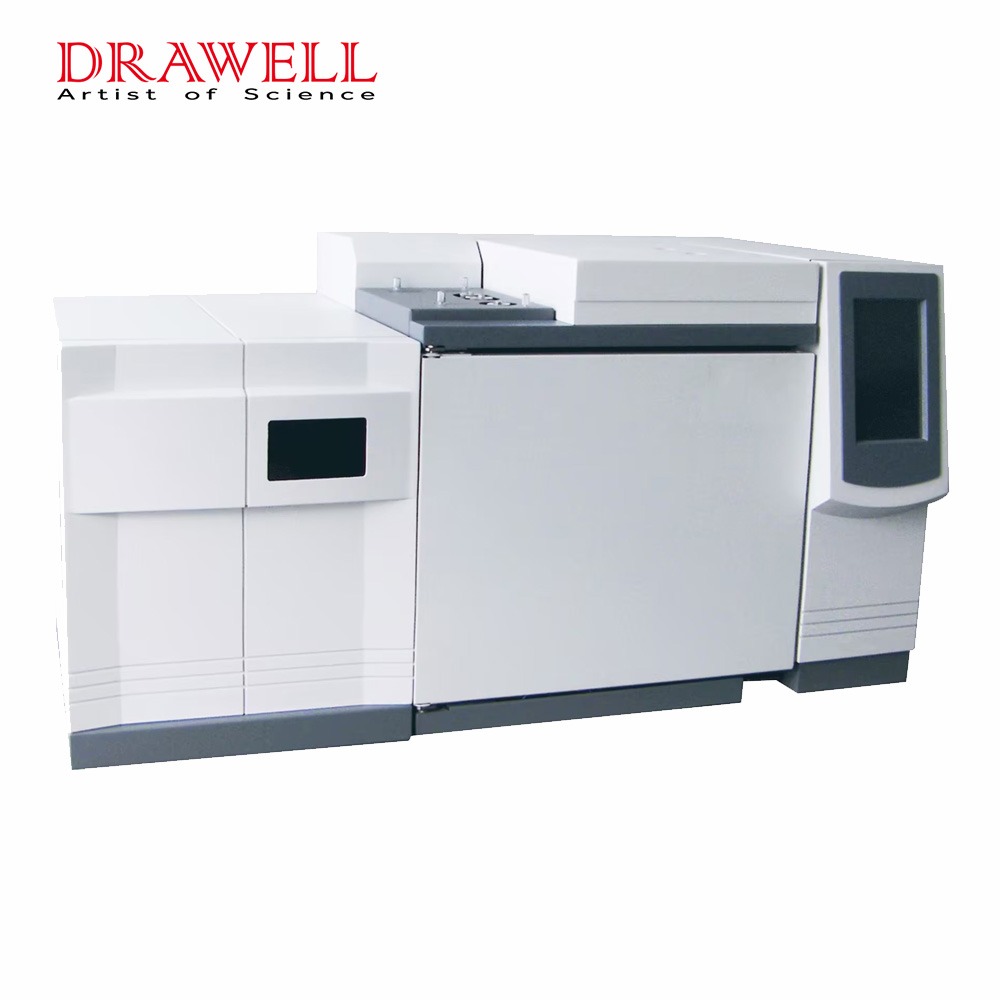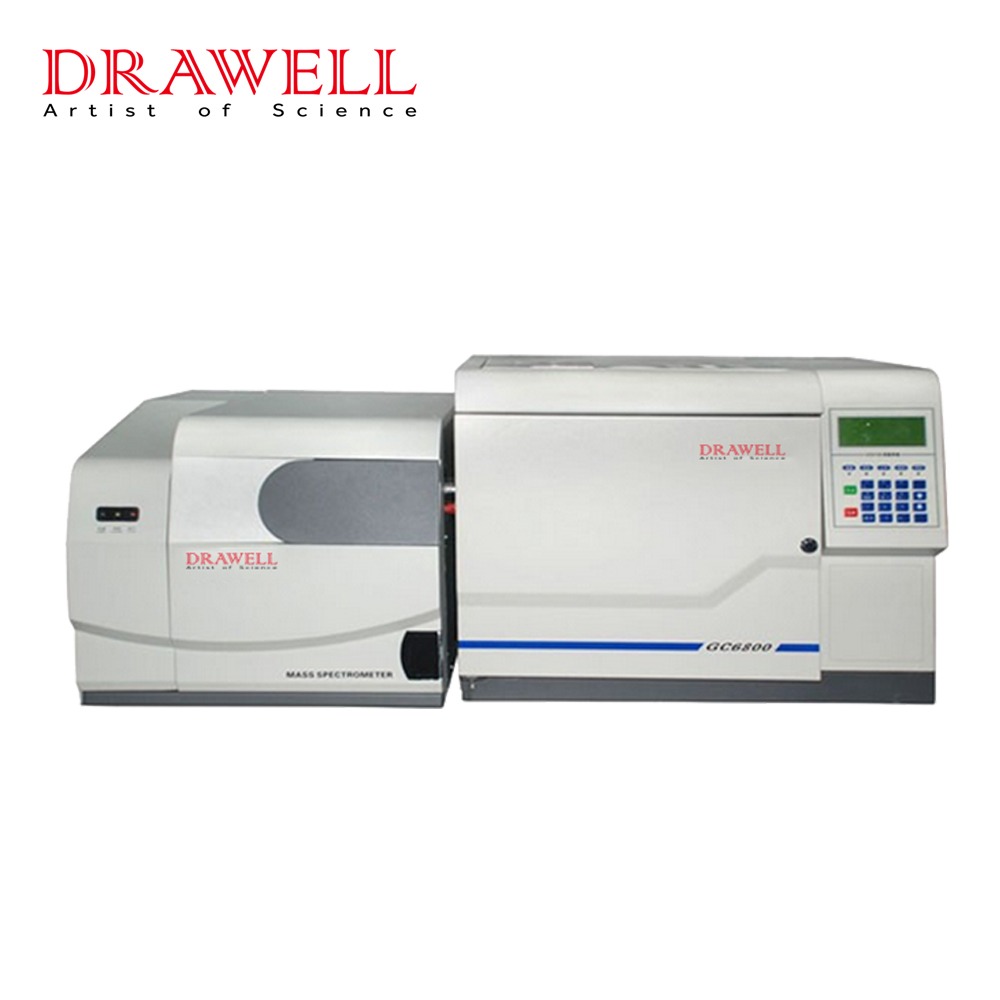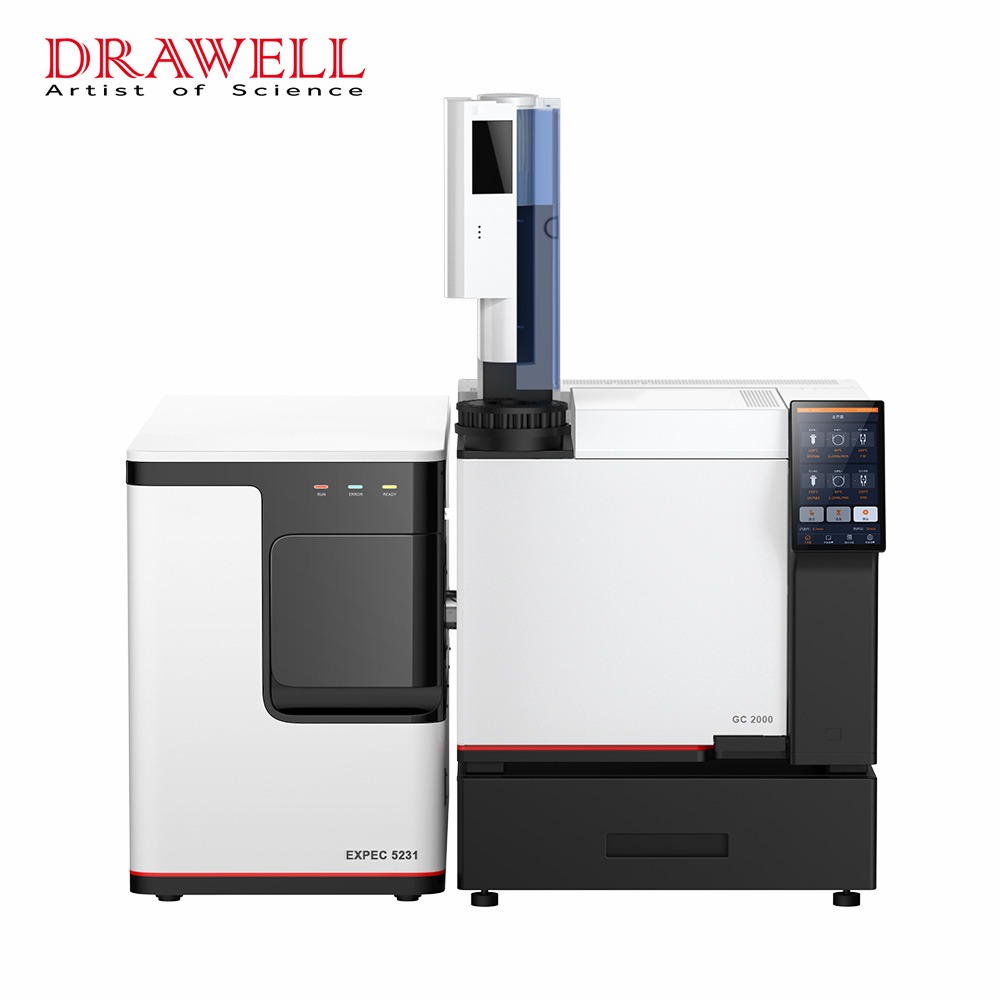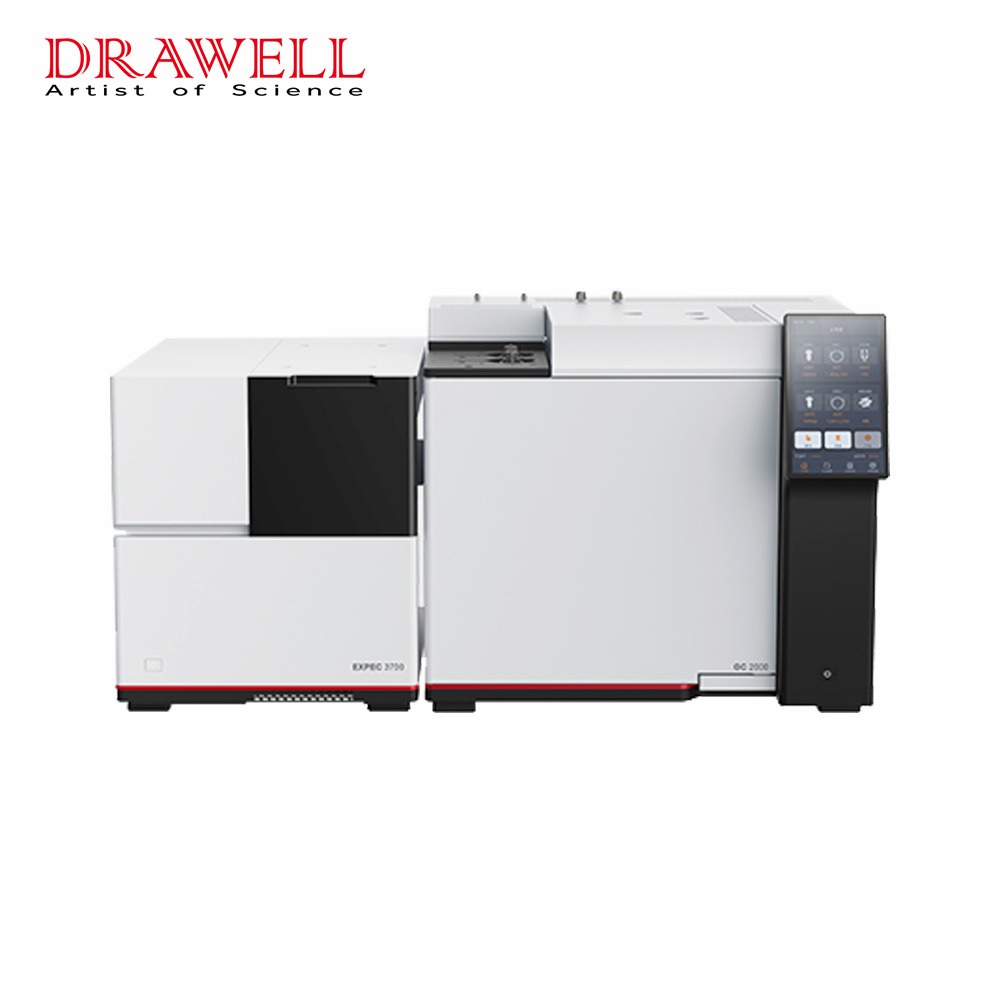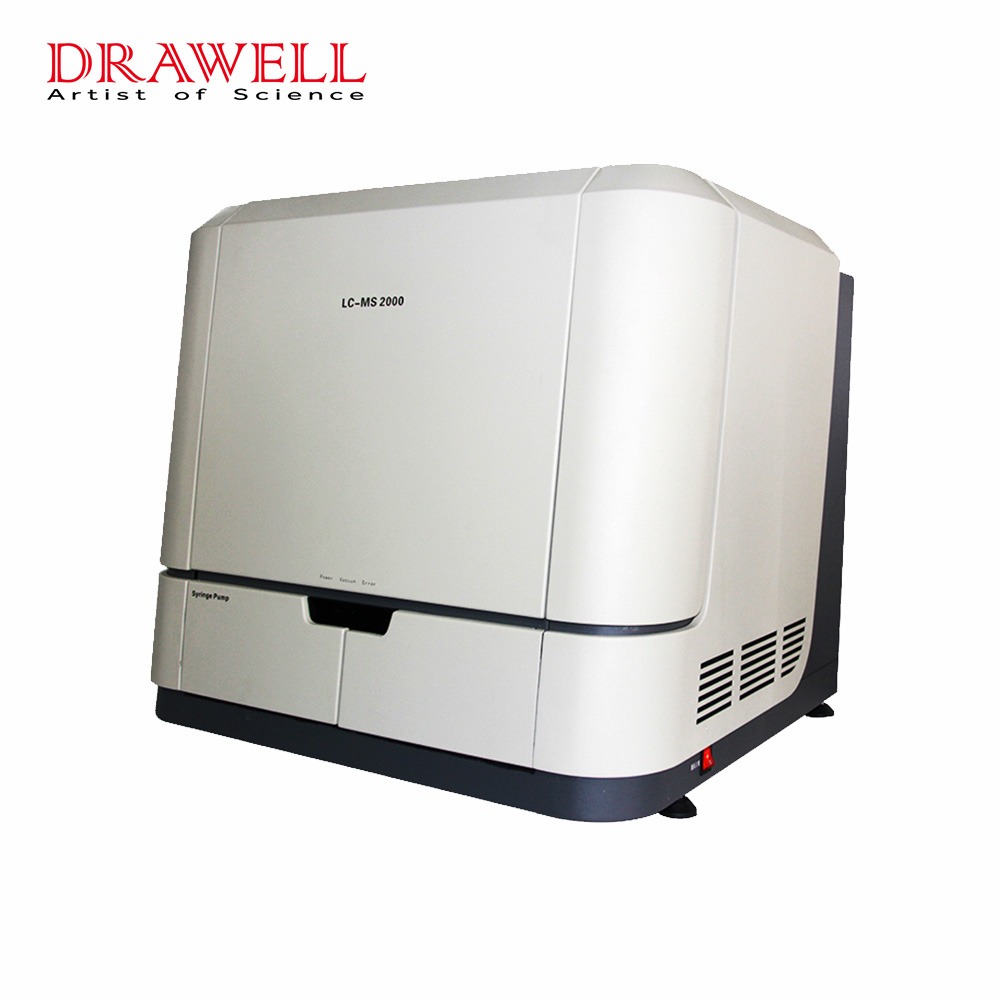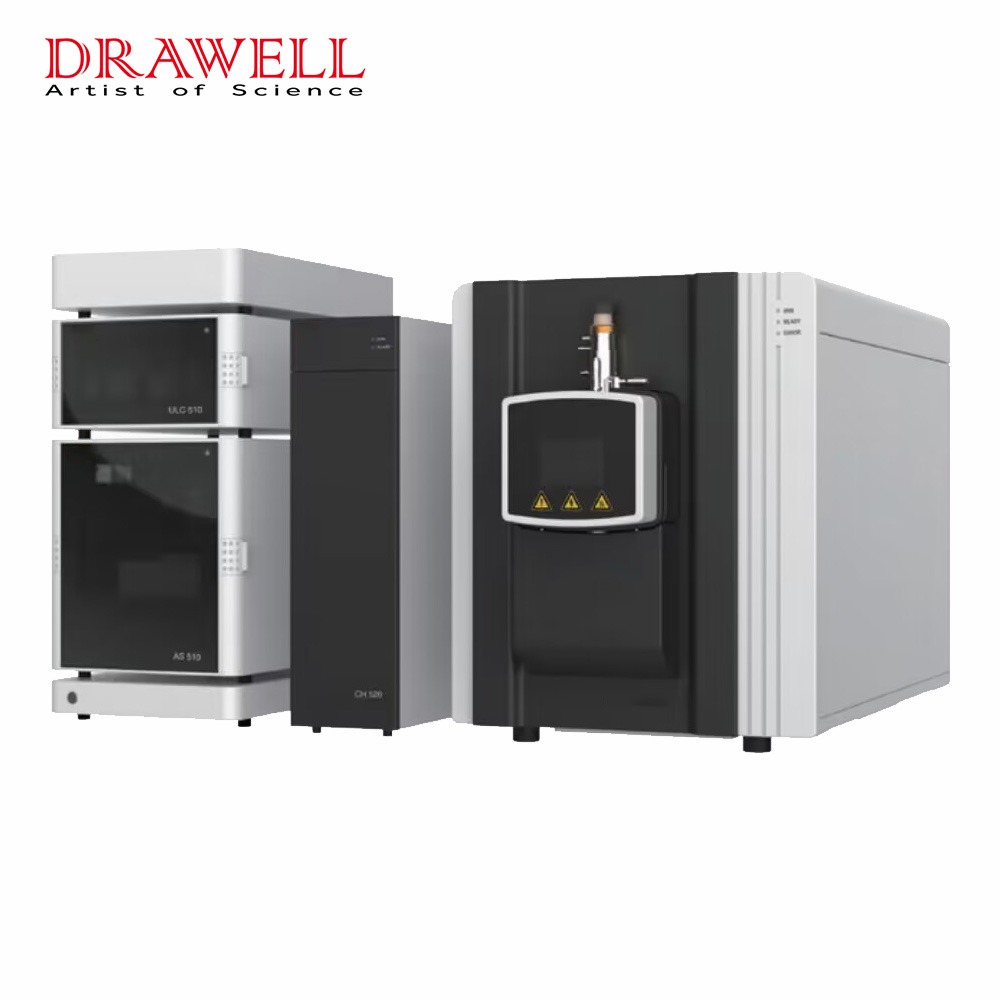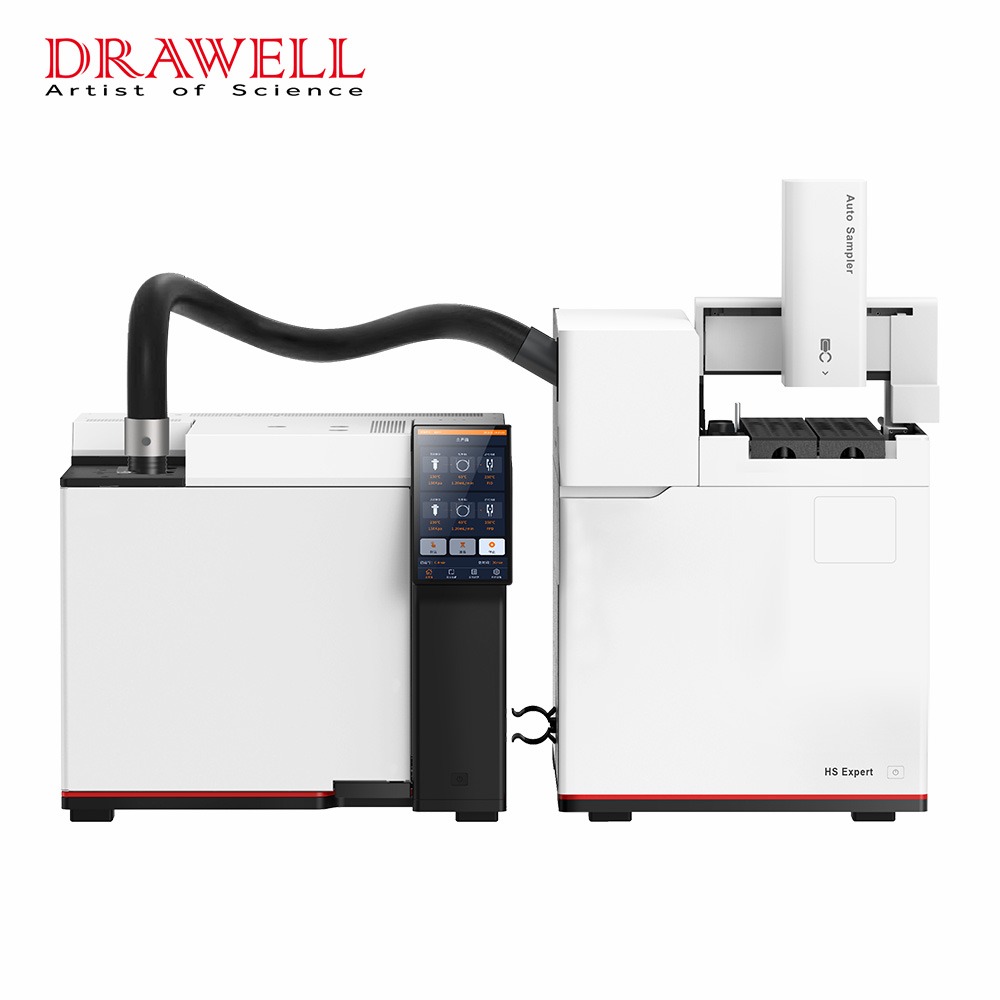Chromatography is a device used for chromatographic separation and analysis. It is a high-performance physical separation technology. When it is used in analytical chemistry with an appropriate detection method, it is called chromatographic analysis. Chromatography includes a sampling system, detection system, recording, and data processing system, temperature control system, and mobile phase control system. Modern chromatographs have the characteristics of stability, sensitivity, versatility, and a high degree of automation. There are gas chromatography, liquid chromatography, and gel chromatography. These chromatography are widely used in chemical products and the analysis of certain content of polymer materials. Gel chromatography can also determine the molecular weight and distribution of polymer materials.
The earliest application of chromatography is to separate plant pigments. The method is as follows: Put calcium carbonate in a glass tube, and pour petroleum ether containing plant pigments (plant leaf extracts) into the tube. At this time, a mixed band of several colors appeared at the upper end of the glass tube. Then wash with pure petroleum ether. With the addition of petroleum ether, the band moves downwards and gradually separates into several bands of different colors. By continuing to wash, you can pick up the pigments of various colors. Perform identification. Chromatography also got its name from this.
How Does Chromatography Work?
Common chromatography methods are gas chromatography, liquid chromatography and ion chromatography. Because they use different media, their working principles will be different.
How does Gas Chromatography Work?
Gas Chromatography (GC) mainly uses the difference in boiling point, polarity, and adsorption properties of substances to realize the separation of the mixture. The process is shown in the gas phase analysis flow chart in Figure 1.
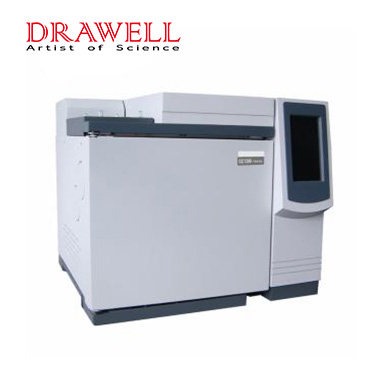
Figure 1: As shown in the gas phase analysis flow chart
The sample to be analyzed is vaporized in the vaporization chamber and then brought into the chromatographic column by an inert gas (ie carrier gas, also called mobile phase). The column contains a liquid or solid stationary phase, due to the different boiling points, polarity, or adsorption properties of the components in the sample, Each component tends to form distribution or adsorption equilibrium between the mobile phase and the stationary phase. But because the carrier gas is flowing, this balance is actually difficult to establish.
It is also because of the flow of the carrier gas that the sample components are repeatedly distributed or adsorbed/desorbed during the movement. As a result, the components with high concentrations in the carrier gas flow out of the chromatographic column first and are distributed in the stationary phase. The concentrated components flow out afterward. After the components flow out of the column, they immediately enter the detector. The detector can convert sample components into electrical signals, and the magnitude of the electrical signal is proportional to the amount or concentration of the measured component. When these signals are amplified and recorded, it is a gas chromatogram.
How does Liquid Chromatography Work?
The separation mechanism of liquid chromatography is based on the difference in the affinity of the components in the mixture to the two phases. According to the different stationary phases, liquid chromatography is divided into liquid-solid chromatography, liquid-liquid chromatography, and bonded phase chromatography. The most widely used are liquid-solid chromatography with silica gel as a filler and bonded phase chromatography with micro silica as a matrix.
According to the form of the stationary phase, liquid chromatography can be divided into column chromatography, paper chromatography, and thin-layer chromatography. According to the adsorption capacity, it can be divided into adsorption chromatography, partition chromatography, ion-exchange chromatography, and gel permeation chromatography. In recent years, a high-pressure liquid flow system has been added to the liquid column chromatography system to make the mobile phase flow quickly under high pressure to improve the separation effect. Therefore, high efficiency (also known as high-pressure liquid chromatography) (HPLC) has appeared.
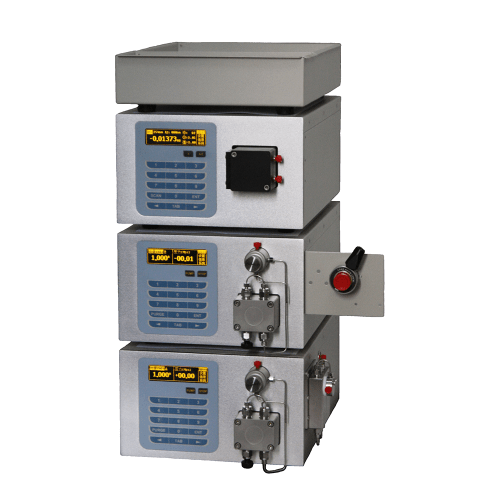
How Does Ion Chromatography Work?
Ion chromatography (IC) is a method that uses the principle of ion exchange to continuously separate, qualitatively, and quantitatively co-exist multiple anions or cations. When analyzing cations, the separation column is filled with low-capacity cation exchange resin, and the hydrochloric acid solution is used as the eluent.
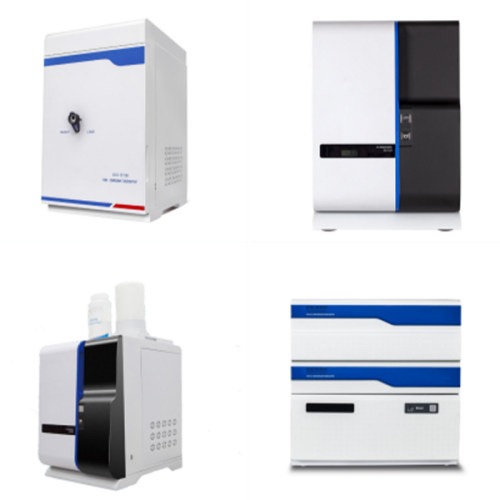
Application of Chromatography
The application of chromatography can be divided into two categories: preparative chromatography and analytical chromatography according to the purpose.
- Preparative Chromatography
The purpose of preparative chromatography is to separate the mixture to obtain a certain amount of pure components, which includes the purification of organic synthesis products, the separation and purification of natural products, and the preparation of deionized water. Compared with the purification and separation techniques such as recrystallization before the advent of chromatography, chromatography can complete the separation of mixtures in one operation, but the yield of chromatography separation and purification is limited and only suitable for laboratory applications.
- Analytical Chromatography
The purpose of analytical chromatography is to quantitatively or qualitatively determine the nature and content of each component in a mixture. Qualitative analytical chromatography includes thin layer chromatography and paper chromatography, and quantitative analytical chromatography includes gas chromatography and high-performance liquid chromatography. The application of chromatography in the field of analysis makes the separation and determination processes into one, reduces the difficulty of mixture analysis, and shortens the analysis cycle. It is currently the mainstream analysis method.

